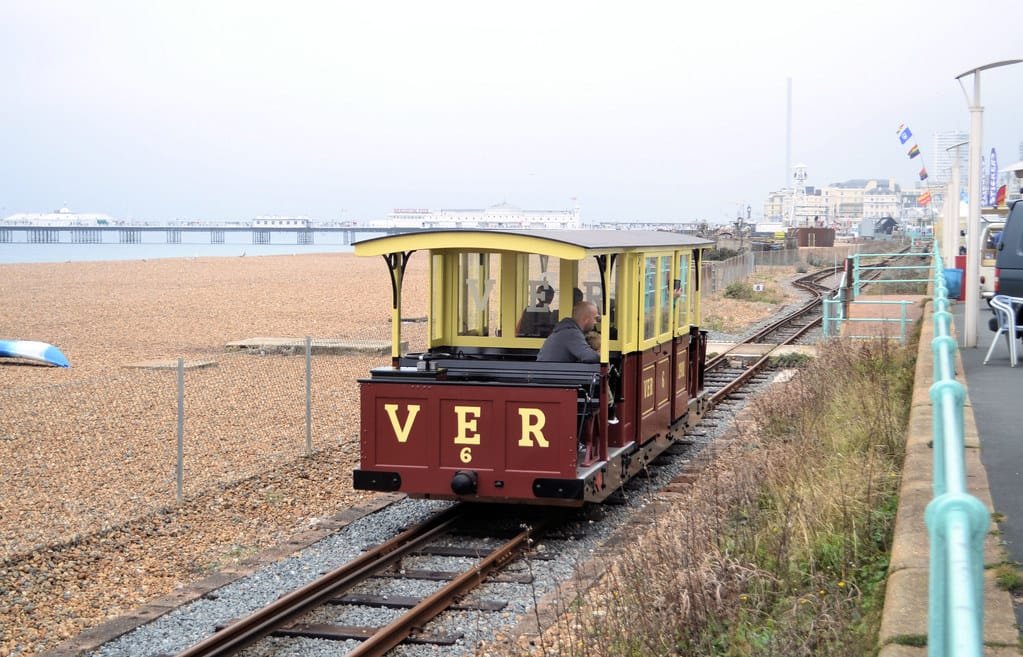
The Bodmin and Wenford Railway, nestled in the heart of Cornwall, is a preserved standard-gauge heritage railway that celebrates the region’s rich railway legacy. Its history is a tale of industrial ambition, decline, and passionate preservation.
The railway’s roots trace back to the Bodmin and Wadebridge Railway, which opened in 1834 to transport minerals and agricultural goods from Wadebridge to Wenfordbridge, with a branch to Bodmin. This made it one of the earliest railways in Cornwall and among the first to use steam locomotives. The line played a vital role in moving china clay, granite, and coal, and even operated passenger services between Bodmin and Wadebridge.
In 1887, the Great Western Railway (GWR) opened a branch from Bodmin Road (now Bodmin Parkway) to Bodmin General, and extended it in 1888 to Boscarne Junction, connecting with the original Bodmin and Wadebridge Railway. This gave Wadebridge access to the main line and allowed GWR to tap into the mineral traffic from Wenfordbridge.
Steam-hauled passenger services ended in 1963, and British Rail withdrew all passenger services between Padstow and Bodmin Road in 1967. Freight traffic continued for a time, sustained by the china clay industry, but eventually ceased in 1983, marking the complete closure of the route.
Determined to save the line, enthusiasts formed the Bodmin Railway Preservation Society (BRPS) in 1984. Their goal was to reopen the GWR branch as a heritage railway. In 1985, shares were issued by the newly formed Bodmin and Wenford Railway plc to fund the purchase and restoration of the line.
The first public event was held on 1 June 1986, featuring shunting demonstrations at Bodmin General. By 1990, services between Bodmin General and Bodmin Parkway were restored, and in 1996, the line was extended to Boscarne Junction, completing the 6½-mile route.
The railway has invested in restoring its Victorian-era infrastructure. A replica signal box was built in 1997, and a two-road engine shed followed in 1999. A new shed at Bodmin Parkway was added in 2007 to house rolling stock. The line climbs nearly 300 feet on gradients as steep as 1 in 37, offering scenic views of the Cornish countryside.
The railway operates a mix of GWR steam locomotives, British Rail diesels, and industrial shunters like Alfred and Judy, low-profile engines built for the Port of Par. Passenger services use British Rail Mark 1 coaches, with some original GWR carriages also in use.
Run by a dedicated team of volunteers and staff, the Bodmin and Wenford Railway attracts thousands of visitors annually. It hosts themed events, dining trains, and educational programs. In recent years, there have been proposals to extend the line from Boscarne Junction to Wadebridge, though this faces challenges due to the Camel Trail cycle path occupying the former trackbed.
Despite these hurdles, the railway continues to thrive as a living museum, preserving Cornwall’s railway heritage and offering a nostalgic journey through time.
This historical summary was generated using AI and draws on publicly available sources including Wikipedia, Bodmin Railway’s official history, and The Trackside Photographer.